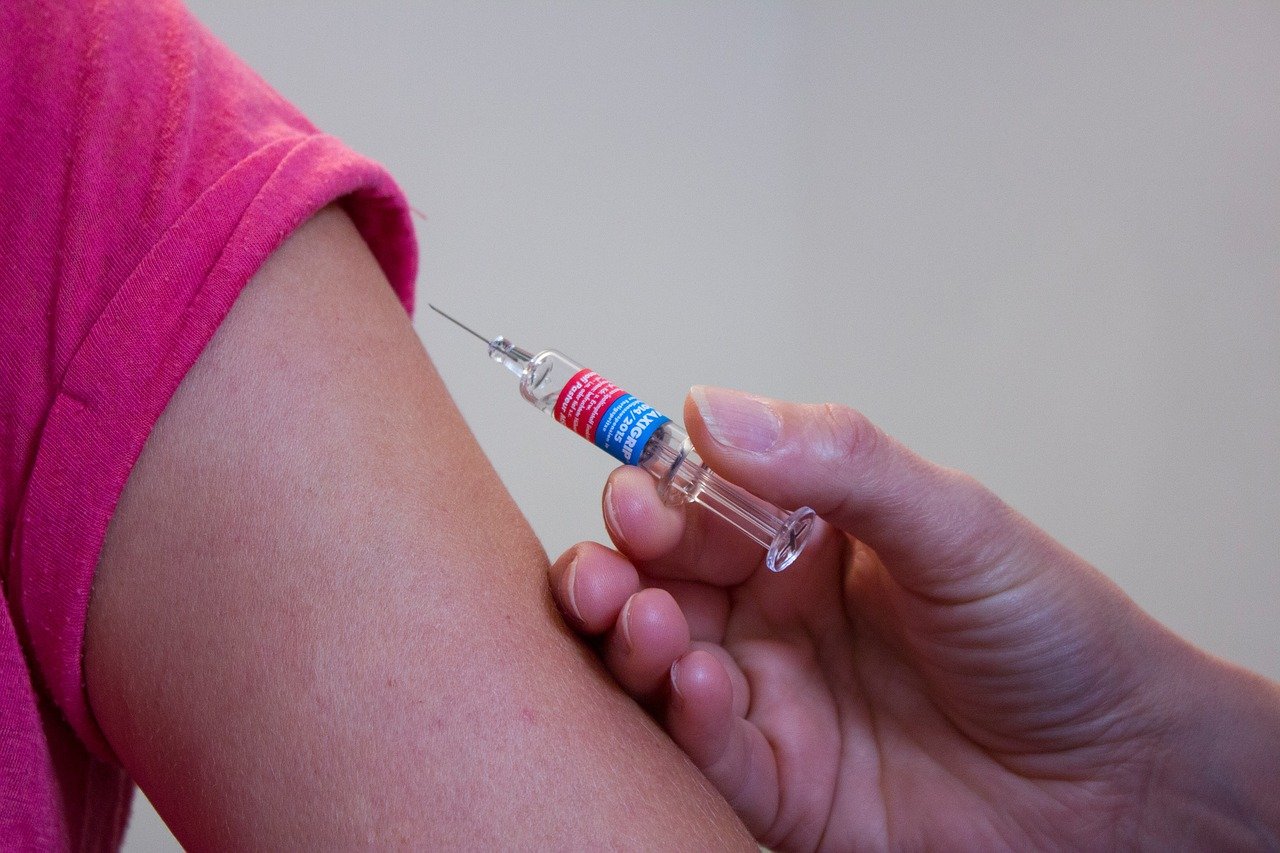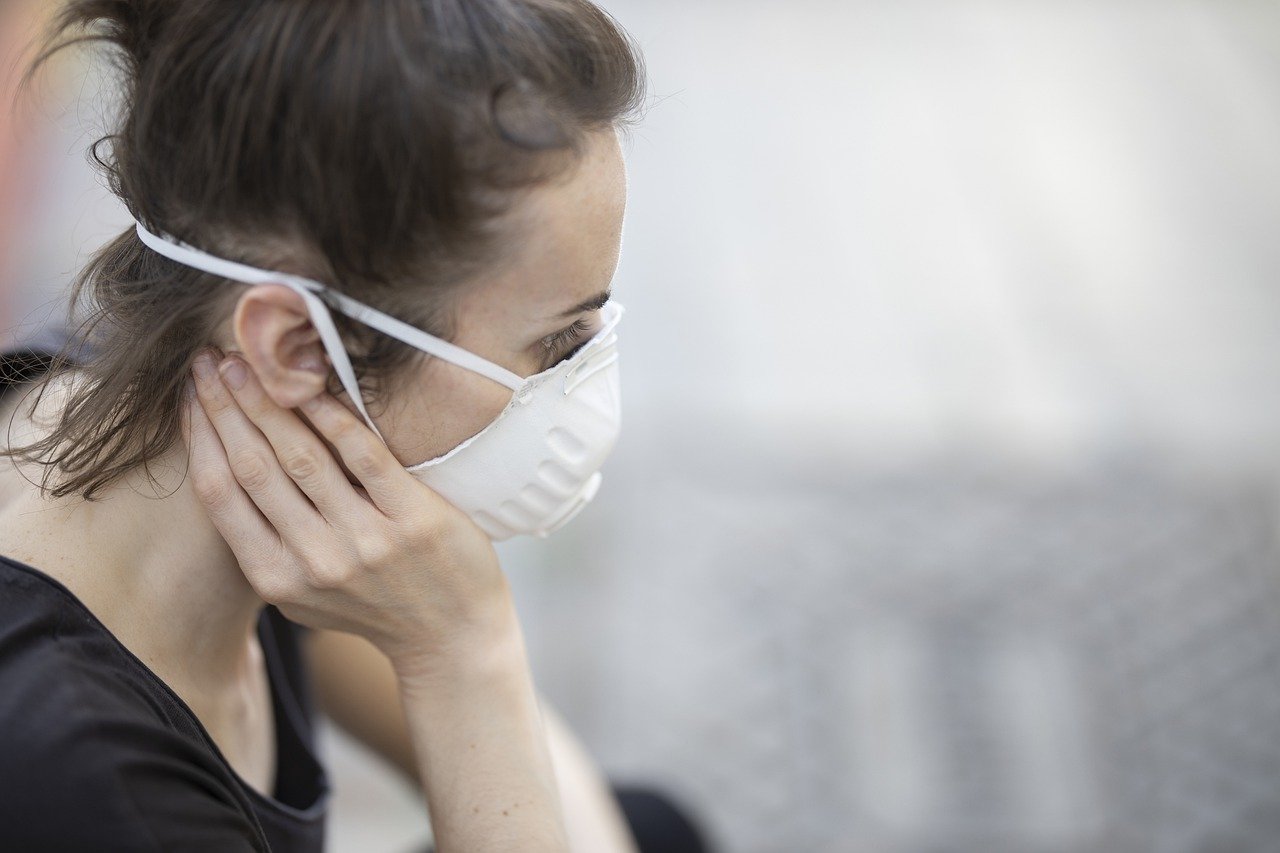About 20% of Italians do not intend to get vaccinated against Covid-19. Effective communication might change their views
According to last week survey by Emg-Different/Adnkronos, 53% of Italians think the vaccine should not be mandatory. Eight out of ten are available for immunisation, but more than a half would prefer to wait and cautiously postpone it for some months.
Although the overall sentiment is favourable, experts know there is much resistance to win, and the toughest fight is about trust. We should create a general consensus around vaccines, said Daniel Fiacchini, health director and founder at Rete Informazione Vaccini, in a recent statement for Padua University: “Doubts rise from confidence issues, as not everybody trusts pharma businesses producing vaccines, central governments recommending them, or doctors endorsing them. There is some scepticism about the Covid-19 vaccine itself, considering it was tested and authorized in such a short timeframe, and this can be worrisome. Also, individual attitudes should be considered. Every person is unique, has a different value hierarchy, different beliefs and expectations, a different way to measure costs and benefits.”
In our society and culture, access to health and environmental information is a right of citizenship and allows each of us to take decisions about how to behave to mitigate risks. This should be ok, provided we have 100% accurate and transparent information available, and people can digest it properly. If not, risks can be exploited to arise further suspect, fear, or denial.
How should risks be communicated to drive individual decisions towards responsible behaviours, and contribute to threat mitigation? The old, top-down DAD (Decide, Announce, Defend) paradigm is over. Even when backed by credited scientific or technical experts, authorities cannot limit to inform about their acts, explain them and pretend them to be fully effective, maybe adding penalties for lawbreakers.
Be it an institution, a thought leader, or an influencer, nowadays a communicator should be credible and authentic. These qualities relate to the proven expertise on the specific subject, but also to the ability of activating an open, engaging communication, since people decisions are more and more driven by a will of sharing (“I do it because I want it, not because you tell me”) and interested participation (“I do it because I acknowledge some value for my community and myself”).
Assessing and communicating risks is no easy task. We saw many past and recent cases, when threats were overcommunicated causing indifference and removal (see the H1N1 flu case), or opposite experiences when risks were minimized to prevent panic, but the final impact was definitely harsh (see the missed evacuation of territories subject to seismic or weather alert).
What should we do, then? Social psychology offers some useful insights. First of all, we should discriminate the type of risk we are dealing with and how it is perceived. Our cognitive system recognizes a threat as severe if it is perceived as close and imminent, such as Covid-19. We feel psychologically far from other risks if they are perceived as distant in space and time, such as climate change. The same diluted effect applies when we think of an issue as something what is too big and unsolvable, so it doesn’t make sense to give it a try.
Questioned by Lifegate about risk communication, professor Simona Sacchi from Università degli Studi di Milano-Bicocca suggested health and environmental risks “should be explained and made accessible, otherwise people get the disheartening feeling to do less than pouring a drop in the ocean. Institutions, policy makers and scientists should be vocal”.
To get people psychologically close to an issue, a sense of space and time proximity should be built (“Our house is on fire”, wrote Greta Thunberg), and most of all recommend practical behaviours to mitigate risks. That’s why the daily report of Covid-19 infections and deaths should come together with clear measures to avoid virus outbreaks and position the vaccine as secure, durable solution to stop the pandemic.
Another possible strategy is to limit probabilistic storytelling. “People struggle to understand probability as a theory, while they widely experience the frequency of events and situations. So, experts should better adapt their storytelling to their audience”, added Sacchi, who also highlighted the importance of making social standards very well visible, meaning attitudes and behaviours that are common to the majority of a given community.
“This is a powerful way to communicate. If you walk in a nice, clean district, you’ll throw nothing on the ground as you infer people are not used to dirty there. In an opposite occurrence, in a grimy street even environmentally conscious individuals might be tempted to throw cigarette butts. Social standards pressure people, they have a strong motivational effect and work better that any call for abstract values”.
To make risks understood, we need a clear and transparent communication, made of simple messages that do not trivialize complex issues and answer legitimate worries. It shouldn’t work only on rational tones but engage people emotionally. It should walk the talk, explaining what to do and reassuring people they are not alone in behaving as recommended.
Covid-10 vaccine campaigns are kicking off. Can we make them a successful case?




